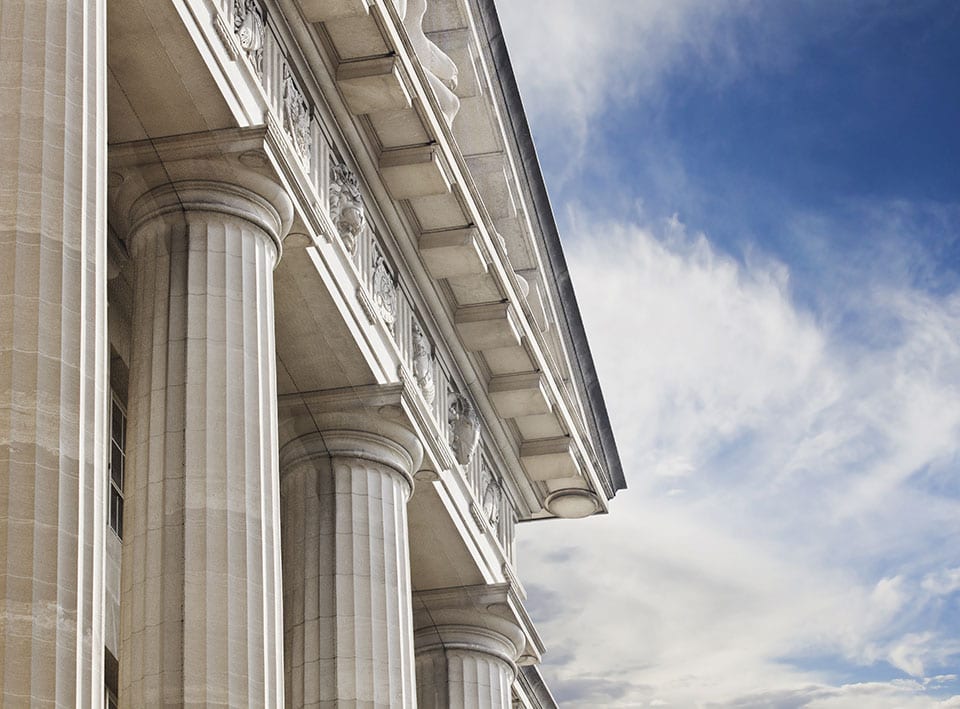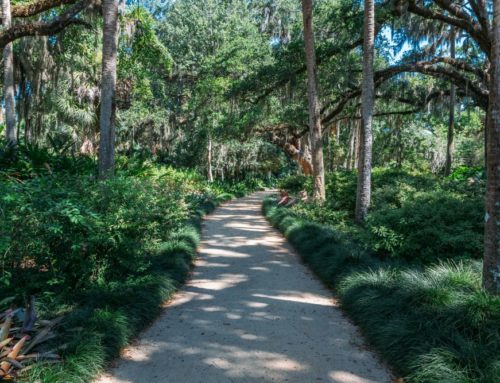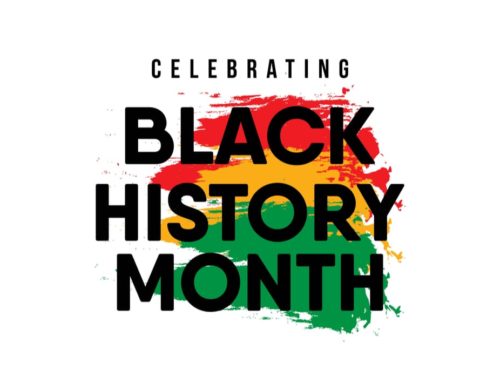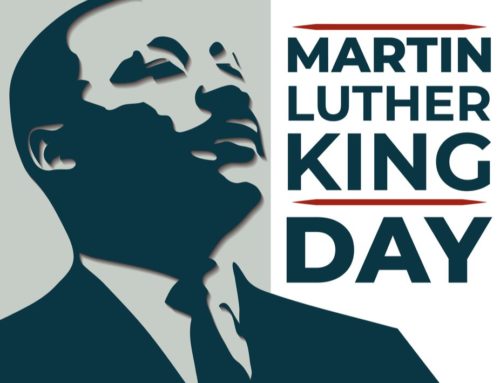Bear with me for awhile as I break away from the wide world of sports and plunge into the increasingly callous world of local governments, which seem to be more interested in establishing laws to bilk their tax-paying residents, not to protect them.
Got any traffic tickets lately?
Thus far, speed cameras in the Washington, D.C. area have caused my wife and I to cough up $200 for four traffic violations. That’s quite a bit for questionable violations. We received two $50 per violation tickets this summer for traveling 56 mph in 45 mph zones. That’s 1 mph over the allotted 10 mph no-fine-zone.
Like most senior citizens, my wife and I are experienced, conscientious drivers. We obey the rules of the road and are defensive drivers. Shouldn’t traffic enforcement be more concerned about real speeders and reckless drivers, rather than those going 1 mph over the accepted limit? Does it make sense to fine drivers with speedometers that might show 55 mph in a speed trap that registers a 1 mph higher rate of travel? Wouldn’t it be fairer if law enforcement officials accepted the reality that even the best technical equipment should allow for a 1 to 3 mph margin of error? Or wouldn’t it be fairer to issue speeding violations to drivers exceeding the speed limit by 15 mph or more?
Thus far, the speed trap trend seems to have taken root in metropolitan areas, but hey, if it proves to be an easy way to collect easy money from the driving public, don’t be shocked when folks living in small towns receive letters with candid shots of their cars caught at the scene of an alleged speed crime. The public becomes an easy target when unchecked governments – big or small – are on the hunt for additional revenues.
The Washington Post recently reported that a speed trap in Rockville, Md. has generated more than $500,000 in fines since it was installed last December. The District of Columbia, which installed its first speed traps years ago, undoubtedly collects much, much more in annual fines. The Post, Washington Times or other media should find out precisely how much D.C. residents, commuters and other visitors pay each year and determine whether the speed traps are designed to improve safety or to swell unfairly DC coffers. A thorough investigation, not a feature story is needed.
I joined Newsday (Long Island, NY) as a news reporter in the 1970s at a time when the best newspapers in these United States were on a mission to protect the public by exposing corrupt politicians, businessmen and government officials. My respect for my profession and my newspaper grew stronger each time it won Pulitzer Prizes for discrediting dishonest/corrupt politicians, businessmen and law enforcement officials in various real estate, drug scandals, etc. People like Bernie Madoff might have been exposed sooner if investigative reporting was still an integral part of the newspaper business.
However, today’s big media, which for the most part are owned by powerful conglomerates, aren’t as eager to follow money trails wherever they lead or see seedy politicians, law enforcement officials, et al,brought to justice. A public outcry helped launched those investigations years ago. Such an outcry sorely is needed now. Then again, having Big Brother speed traps installed throughout the country might not be a bad idea. But it would be useful, I believe, to have the fourth estate do its job of protecting the public’s interest by checking it out.





Leave A Comment